With a panel full of glass and diodes turned into all the colors of the rainbow, the poor old VHF com sitting over in the corner of the panel doesn’t have quite the pizazz it once had. I have vivid recollections of swapping my old 3-channel Narco Homer for a spiffy new VC-27Z with (gasp) 27 crystal-controlled transmit channels. I proudly hacked the aluminum panel to fit that radio into the Cessna 120 Heavy (we were 20 pounds over gross on most occasions) for a monumental trip from San Diego to Boston. It was sort of fun racing the Santa Fe Super Chief from town to town. We actually won about half the contests.
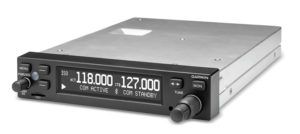
But I digress. A brief history of air-to-ground communications shows a crude form of amplitude modulation communications in 1912. Crude being turning the transmitter full on and then full off for long or short bursts spelling out words in Morse code. This was followed shortly in 1915 with a more sophisticated amplitude modulation that actually allowed voice to go between ground and the aircraft.
Why amplitude modulation when almost all forms of voice these days is either FM or some sort of spread spectrum digital modulation? In the first place, Edwin Armstrong didn’t invent FM until 1933. In the second place crude spread spectrum didn’t appear until actress Hedy Lamarr invented it in 1941 to keep the Axis from jamming the guidance of Allied torpedoes. Modern spread spectrum has only come along in the last 15 years.
Finally, to switch from the current AM (sometimes jokingly referred to as “Ancient Modulation”) to either FM or spread spectrum would require every aircraft and every ground station to switch over at precisely the same moment. Having a 737 depart from SFO on AM at sunset and landing at JFK the next morning at sunrise on FM during the swap-over just isn’t going to happen. I think good old Ancient Modulation is going to be with us for the foreseeable future.
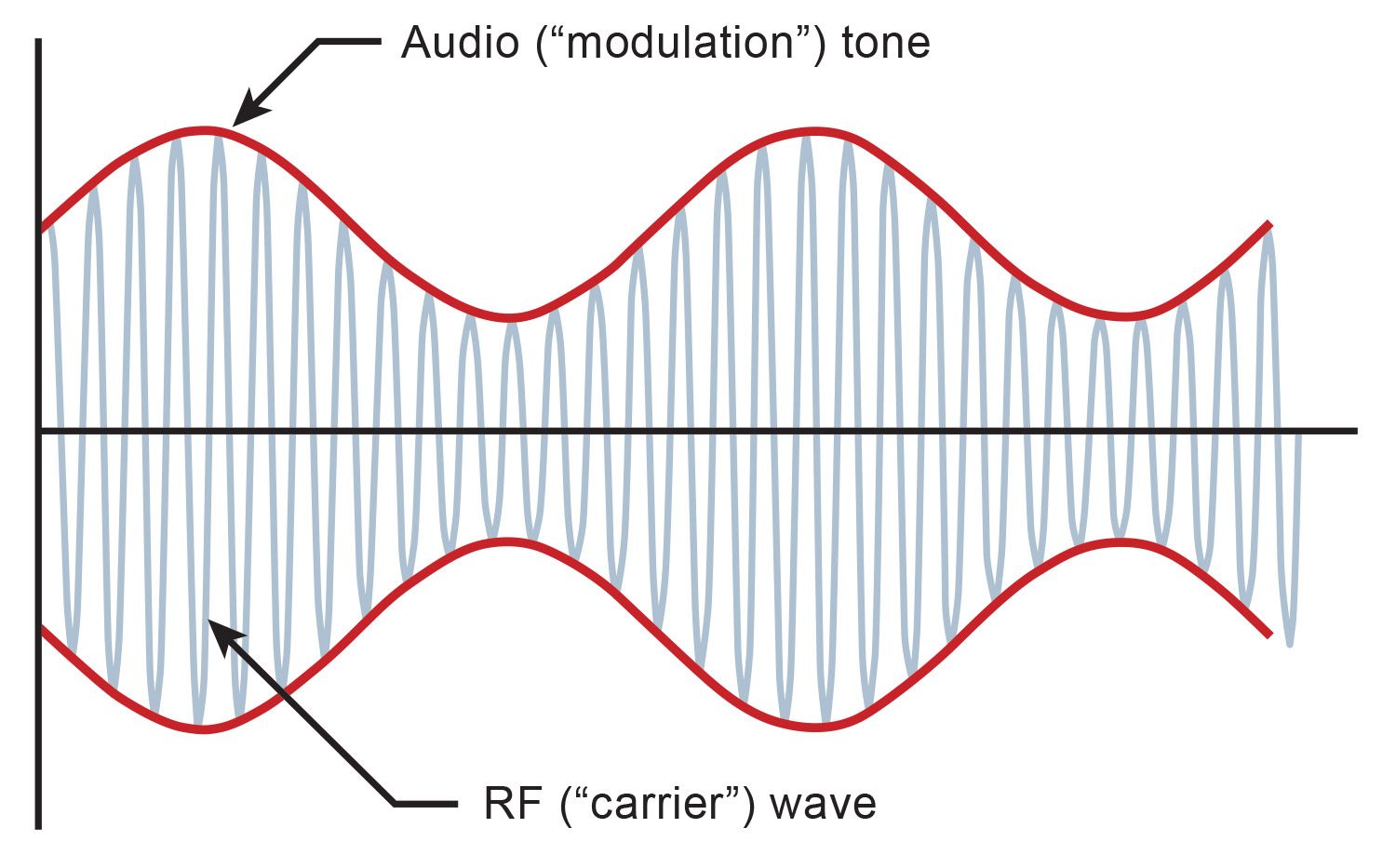
One of the greatest drawbacks to AM is the fact that it requires a carrier (which is the frequency you dialed up on your radio) and two “sidebands” that actually carry your voice. Each of those sidebands at best have one quarter of your radio’s power, and you can only hear at the receiver what is on one of the sidebands. Thus, your rock-crusher 10-watt radio you paid kilobucks to buy can only have the equivalent of 2.5 watts of “talk” power at the other end’s receiver. And vice versa.
I’d like to take you through a brief walk of the current state of affairs on the aircraft VHF com band and see just who is assigned to what frequency or groups of frequencies. I hate to be the bearer of bad news, but just because your aircraft radio has the capability of transmitting on 760 discrete frequencies does not mean that you have the right to use any or all of them. It’s the same way with cars: Just because you own a Miata that can hit 120 mph doesn’t mean you can blow through a school zone at that speed.
Let’s talk for a moment about how much room we have in the com band. First of all, the band goes from 118 MHz at the low end up to (but does not include) 137 MHz at the top end. Most of the world has divvied that 19 MHz of bandwidth up into 760 discrete frequencies separated by 25 kHz spacing. For example, we can have 123.0, 123.025, 123.05, 123.075 but not 123.021. The exception to this is Europe, which has split each of these 25 kHz spacings into 8.33 kHz spacing, giving three times the number of channels (2280 total). Why? Because at 35,000 feet on any given frequency in Europe, you are within range of 16 different countries. Keying up your transmitter over Belgium lets you get into radios from Switzerland to Sweden without any trouble. Hence they needed more channels, and the only answer was to make finer divisions of what was there.
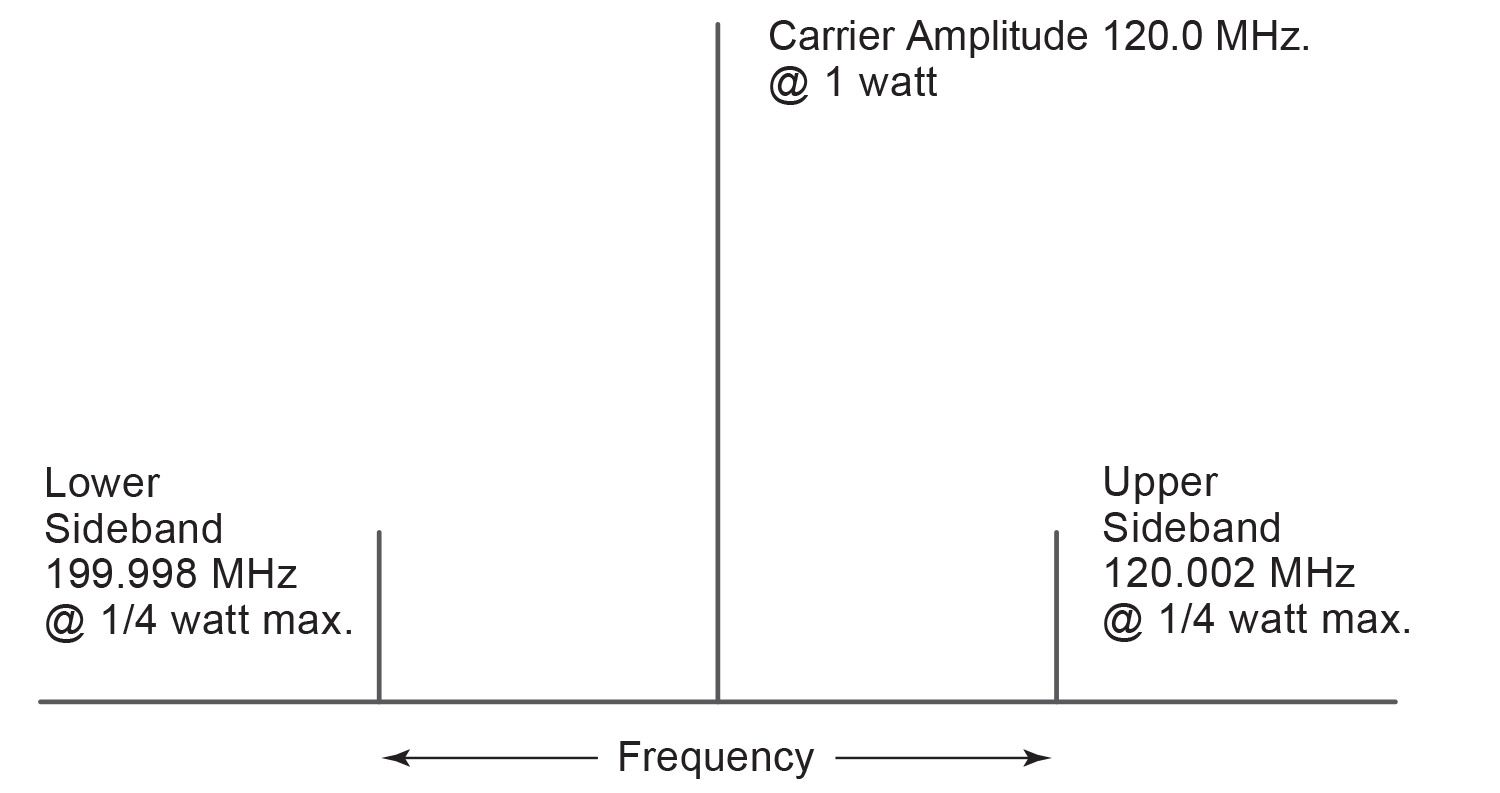
Here are a couple of interesting sidelines:
• There is only one frequency that still has 100 kHz spacing—121.5 (the emergency frequency) is protected from 121.4 to 121.6 MHz. For example, there is no permissible transmission on 121.45 or 121.55.
• In 1990, the top end of the com band was increased from 136 to 137 MHz, an addition of 40 channels. The initial proposal was to give 10 of those channels to the Unicom frequencies that were jammed into eight frequencies across the entire country. Then the airlines said, “We need a lot of these new frequencies.” Then the FAA said, “We need a lot of these new frequencies.” I think you can see where we are going. Out of this mess we got…our original eight frequencies.
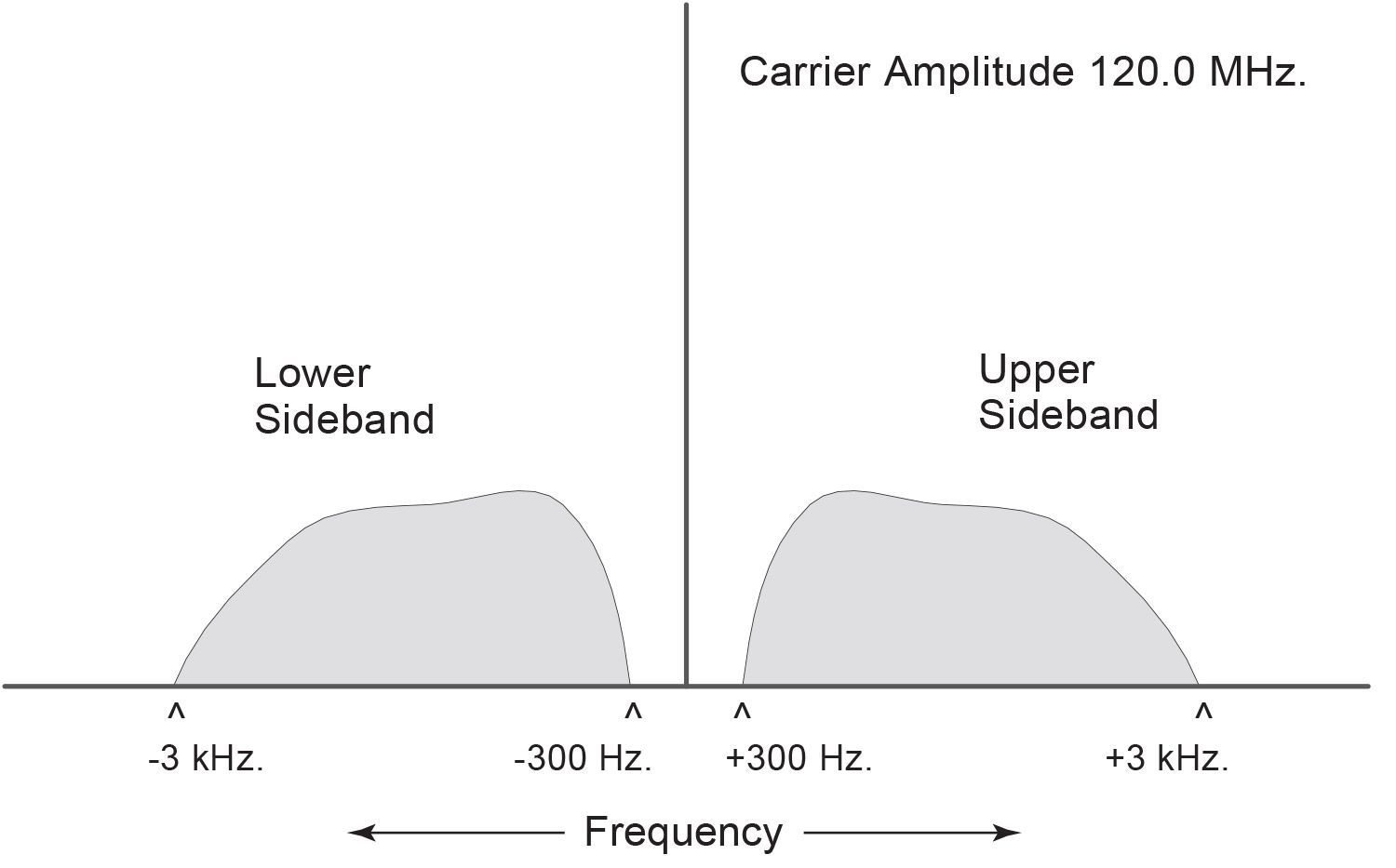
So, without further ado, here are some interesting factoids derived from 47 CFR Part 87 (the FCC Aviation Regulations). Letters designate the subpart if you want to look up the actual regulation.
Subpart F (Aircraft) are authorized to use 122.75 for fixed-wing air-to-air communications and 123.05 for helicopter air-to-air communications. These are the only legitimate air-to-air frequencies available to general aviation aircraft including Experimentals.
Subpart G (Unicom) at a public-use airport is allocated eight frequencies: 122.7, 122.725, 122.8, 122.95, 122.975, 123.0, 123.05 and 123.075. Note that 122.95 is only allowed at an airport with a tower or an FSS. There can only be one station at any one airport (first come, first served).
Subpart H (Multicom) is for any airport not eligible for Unicom. The frequencies 122.85 and 122.9 are available. 122.925 is available for forestry, fire, fish and game, and environmental reasons.
Subpart I is a service for airlines.
Subpart J is for flight testing (please read carefully). These frequencies are available for flight testing of aircraft or components, and they are used by manufacturers of aircraft or major components and educational institutions engaged in flight testing. Allocated frequencies are 123.175, 123.2, 123.225, 123.375, 123.4, and 123.45. (Note that 123.4 and 123.45 are only available to stations that have to move from location to location.) Also note that aircraft are only authorized to contact ground stations on these frequencies and not air-to-air communications. Aircraft manufacturers are also authorized to use frequencies from 123.125 to 123.575. Each application for a license must go through a frequency coordination committee and be approved individually, and a separate license application and fee must be paid.
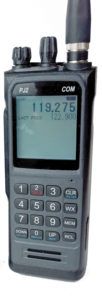
Subpart K is for flight schools, gliders and balloons. Frequencies available are 122.95, 123.3 and 123.5.
Subpart L is for mobile ground vehicles on an airport. They may be authorized for any tower, ground, Unicom or Multicom frequency.
Subpart M is for search and rescue. Frequency available for actual search/rescue is 123.1 and 122.9 for practice.
One last note that came to me from a newsgroup recently: Some countries prohibit even a receiver on the aircraft band to be in your possession. One fellow traveling to Greece faced 25 years in the slammer until diplomatic channels pulled him out. Beware of traveling with your handheld.
By this time next month (the weather gods willing in Northern California), I’ll have a lot more to share with you about 12-volt hangar power from our old friend Sol.
Until then…Stay tuned…






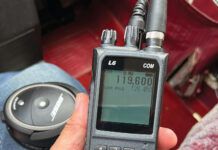



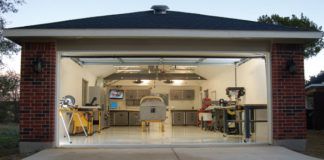
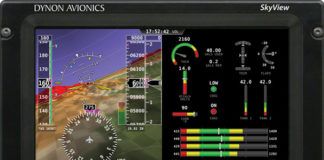
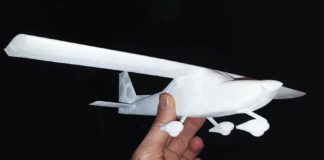
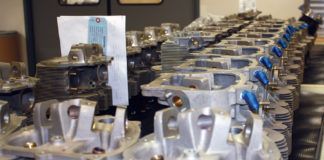
Hi,
If You Guys are interested we here in Europe have a lot of very good VHF com’s and portables for sale for very interested prices, after swapping to 8.33 spacing
Just let me know if interested,
Eddy
[email protected]